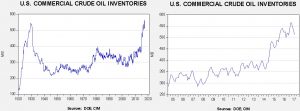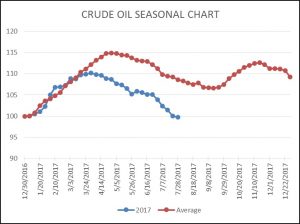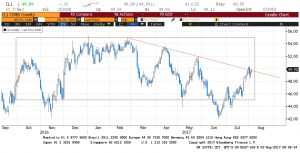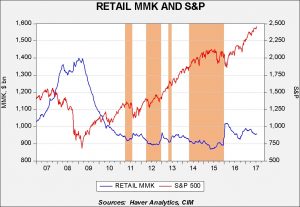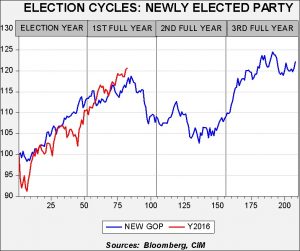by Bill O’Grady and Thomas Wash
[Posted: 9:30 AM EDT] Happy employment day! We cover the data in detail below but the headline numbers are reflecting a strong economy. Payrolls came in at 209k, with revisions adding a modest 2k. Expectations called for a 180k rise. The unemployment rate was on forecast at 4.3%, down from the prior month at 4.4%. The mystery of wages remains; average hourly earnings rose by 2.4%, below the 2.5% forecast. Equity markets are up on the news, interest rates have ticked higher and the dollar is rising. See our comments below for charts and other details.
Overall, news flow was quiet overnight. Here are the news items we are following:
Mueller issuing subpoenas: Special Counsel Mueller has started issuing subpoenas through the Washington Grand Jury. We won’t comment on the content or the direction of the investigation but we did note market action yesterday. After the announcement, the S&P dipped but the decline was met with buying and the index closed nearly unchanged. This is a consistent pattern we have seen recently; because there is so much sideline liquidity, modest market drops seem to attract new buying in short order. This was the topic of last week’s AAW.[1] As long as cash levels remain high, we doubt that market declines can be sustained. However, we do note that the dollar weakened. The forex markets seem to be the place where political fears are being expressed. The JPY was especially strong and this currency is often one of the flight to safety currencies. Thus, if we get news out of this investigation that raises concerns about political stability, equity losses might be shallow and short lived but dollar weakness could accelerate.
Mulvaney supports clean debt ceiling bill: Mick Mulvaney, the White House budget director, came out yesterday in support of a clean debt ceiling bill. Mulvaney is sympathetic to the Freedom Caucus agenda and was pushing for spending cuts in return for raising the debt ceiling. His decision to support a clear raise will provide political cover for the Freedom Caucus to also support a clean rise. If the U.S. can avoid a debt ceiling crisis it will remove a key near-term risk to the financial markets.
[1] See Asset Allocation Weekly, 7/28/17.



